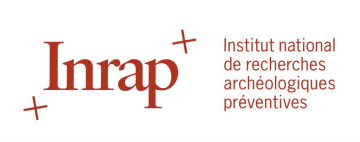Conservation
Why is it important to become active agents in the preservation of rock art in Costa Rica?
Rock art connects people with the cultures of the past and with the natural environment in which they are located. Archaeological heritage represents a cultural legacy of great value for present-day populations to add meaning to their identities.
Numerous studies have shown that visiting rock art sites generates unique experiences and an improvement in personal wellbeing, which is even evidenced by a reduction in stress levels in visitors, benefiting their mental and physical health.
Tourism generates an opportunity for economic development for the area and the country, which, if carried out responsibly, helps to spread knowledge about pre-Hispanic societies and enrich the cultural background of the population.
What can you do in a rock site?
Currently, there are several agents that threaten the conservation of rock art, particularly in Costa Rica, where extensive grazing, climate change, and urban development have the strongest impact. These agents can be classified in different ways:
Agents
External
External elements that affects the rock
NATURAL
Light
Water
Vegetation
Earthquakes
Hurricanes
Flood
Storms
Microorganisms
HUMANS
Pillage
Turism
Contamination
Rock displacement
Vandalism
Agents
Internal
Depends on the type of rock and its context:
Disintegration
Desmoronamiento
Low resistance of engravings and pigments
What can you do in a rock site?
La mejor forma de conservar un sitio rupestre es reconocer su valor patrimonial
Carefully observe the marks on the rocks, and to remember them, take pictures without flash.
If the area is contaminated, you can contribute by collecting the garbage and placing it in its proper place.
Share with others the fragility of rock sites and the importance of preserving them.
Contribute to rural tourism during your visit to the rock sites.
Report to the authorities any damage you observe at the rock sites.
What not to do at a rock site?
If you found a rock art site keep in mind this:





Who can you contact?
Reports of damage to archaeological heritage
Department of Anthropology and History
Cultural Heritage Protection Department
[email protected]
Information on rock sites and archaeological heritage
Department of Anthropology and History
Departamento de Antropología e Historia
[email protected]






